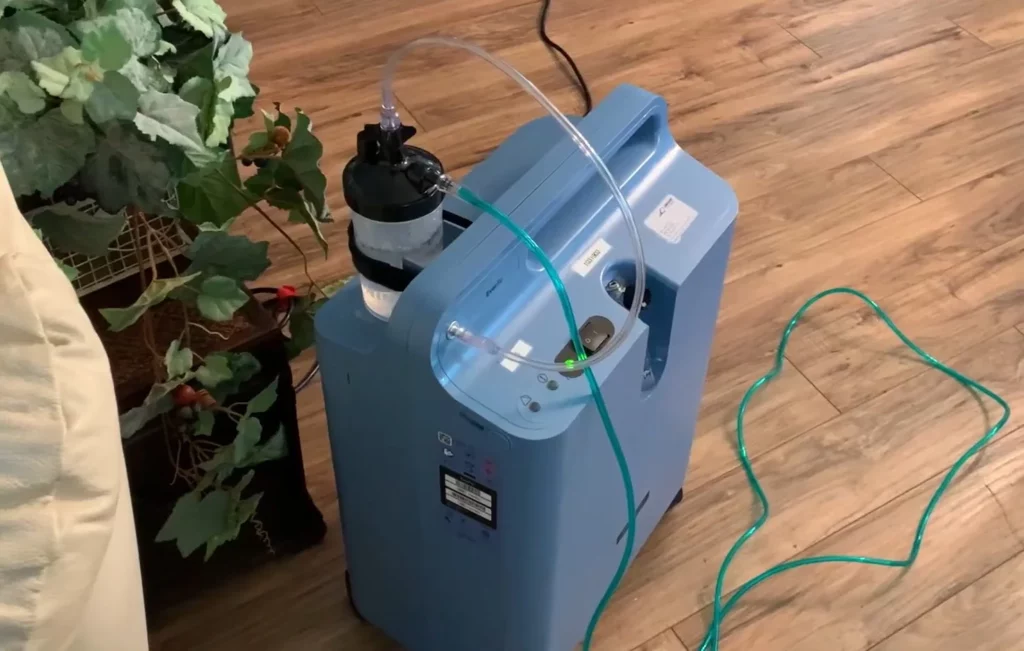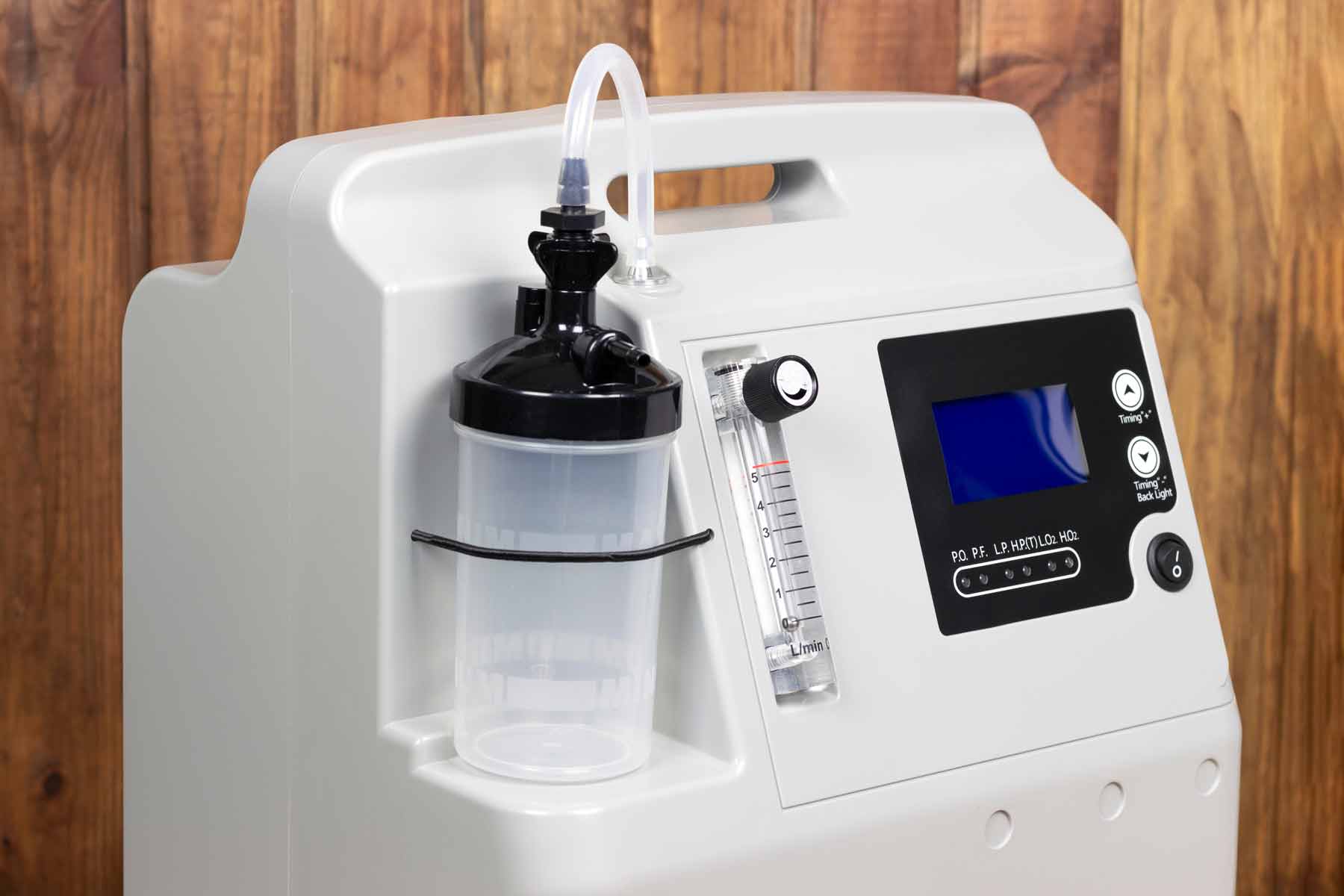Choosing the right oxygen concentrator can significantly enhance the quality of life for individuals with respiratory conditions. With the variety of options available on the market, making an informed choice is crucial. This guide will explore the essential factors to consider when selecting an oxygen concentrator that aligns with your lifestyle and needs.
Understanding Oxygen Concentrators
Oxygen concentrators are medical devices that provide supplemental oxygen to individuals who require it due to various health conditions, such as Chronic Obstructive Pulmonary Disease (COPD), asthma, or other respiratory issues. Unlike traditional oxygen tanks, which store oxygen under pressure, concentrators extract oxygen from the ambient air, making them a more convenient and cost-effective solution for long-term use.
These devices come in various sizes and types, catering to different needs. Some are designed for stationary use at home, while others are portable, allowing users to maintain an active lifestyle. Understanding the differences between these options is the first step in choosing the right concentrator. Furthermore, the technology behind oxygen concentrators has evolved significantly over the years, with modern devices now featuring advanced filtration systems that ensure the oxygen delivered is of high purity. This is particularly important for patients with severe respiratory conditions, as even minor impurities can exacerbate their symptoms.
Additionally, many oxygen concentrators now come equipped with user-friendly interfaces and smart technology that can monitor oxygen levels and alert users when maintenance is required. This not only enhances the user experience but also ensures that individuals receive the correct dosage of oxygen at all times, thus improving their overall health outcomes.
Types of Oxygen Concentrators
There are two primary types of oxygen concentrators: stationary and portable. Stationary concentrators are typically larger and designed for home use. They are connected to a power source and can deliver a continuous flow of oxygen, making them ideal for individuals who spend most of their time at home.
On the other hand, portable oxygen concentrators (POCs) are lightweight and battery-operated, allowing users to move freely without being tethered to a power outlet. These devices are perfect for those who enjoy travelling or engaging in outdoor activities. Understanding the differences between these types will help you determine which best suits your lifestyle. Furthermore, portable concentrators often come with additional features such as pulse dose delivery systems, which provide oxygen only when the user inhales, thus conserving battery life and extending the duration of use. This is particularly beneficial for users who may be out for extended periods, as it allows them to enjoy their activities without the constant worry of running out of oxygen. The versatility of these devices has made them increasingly popular among users who wish to maintain their independence and quality of life despite their medical needs.
Assessing Your Oxygen Needs
Before selecting an oxygen concentrator, it is essential to assess your specific oxygen needs. This assessment should ideally be conducted by a healthcare professional who can evaluate your condition and recommend the appropriate flow rate and oxygen concentration required for your health. Such evaluations often involve a thorough review of your medical history, current symptoms, and possibly even a series of tests to measure your blood oxygen levels. This comprehensive approach ensures that you receive the most suitable oxygen therapy tailored to your individual requirements.

Flow Rate Considerations
The flow rate is a critical factor when choosing an oxygen concentrator. It is measured in litres per minute (LPM) and indicates how much oxygen the device can deliver. Individuals with more severe respiratory conditions may require a higher flow rate, while those with milder symptoms might only need a lower setting. It is also worth noting that the required flow rate can vary throughout the day; for instance, you may need a higher flow rate during physical activity compared to when you are resting.
It is important to note that some concentrators can provide a continuous flow of oxygen, while others offer pulse dose delivery, which releases oxygen only when the user inhales. Understanding your flow rate requirements will help narrow down your options. Additionally, some modern concentrators come equipped with advanced features that allow users to adjust the flow rate easily, ensuring that they can adapt to their changing needs without hassle.
Oxygen Concentration Levels
Oxygen concentration refers to the percentage of oxygen delivered by the concentrator. Most devices provide an oxygen concentration of around 90-95%. However, some medical conditions may require a higher concentration. Consulting with a healthcare provider will ensure you select a concentrator that meets your specific oxygen concentration needs. It is crucial to understand that maintaining the correct oxygen concentration is vital for managing your health effectively, as inadequate levels can lead to complications such as fatigue, confusion, or even more severe respiratory issues. Find more about concentration on https://med.stanford.edu/md/student-research/scholarly-concentrations.html
Furthermore, the efficiency of an oxygen concentrator can be influenced by external factors such as altitude and temperature. For instance, at higher altitudes, the air contains less oxygen, which may necessitate a higher concentration setting to achieve the desired therapeutic effect. Therefore, if you live in a region with varying altitudes or extreme temperatures, it is advisable to discuss these factors with your healthcare provider to ensure that your oxygen therapy remains effective under all conditions.
Portability and Lifestyle Compatibility
For many individuals, the ability to lead an active lifestyle is paramount. Therefore, considering the portability of an oxygen concentrator is essential. If you frequently travel or engage in outdoor activities, a portable oxygen concentrator may be the best choice.
Weight and Size
When evaluating portable options, weight and size are crucial factors. A lightweight concentrator can make a significant difference in comfort and ease of use. Many portable models weigh less than five kilograms, making them easy to carry or transport. Additionally, compact designs can fit into backpacks or carry-on luggage, allowing for seamless travel.
Battery Life
Battery life is another important consideration for portable oxygen concentrators. Users should look for devices that offer extended battery life, especially if they plan to be away from a power source for an extended period. Some models come with additional battery packs, providing extra flexibility for longer outings.
Noise Levels and Comfort
Noise levels can significantly impact the user experience, particularly for those who may be sensitive to sound. Most modern oxygen concentrators are designed to operate quietly, but it is still advisable to check the decibel rating before making a decision.
Comfort Features
Comfort is paramount when using an oxygen concentrator, especially for extended periods. Look for features such as adjustable flow settings, ergonomic designs, and comfortable nasal cannulas. Some models also offer humidifiers to prevent dryness, enhancing overall comfort during use. Click here to find more about comfortable.
Ease of Use
Choosing a user-friendly device can make a significant difference in daily life. Features such as intuitive controls, clear displays, and easy-to-understand instructions can help users operate the concentrator with minimal hassle. Additionally, consider models with built-in alarms to alert users of any issues, ensuring safety and peace of mind.
Cost and Insurance Coverage
Cost is an important factor when selecting an oxygen concentrator. Prices can vary significantly based on the type, features, and brand. It is essential to establish a budget before beginning your search. Additionally, consider whether the device will be covered by health insurance or government assistance programs.
Long-Term Investment
While the initial cost of an oxygen concentrator may seem high, it is important to view it as a long-term investment in health. Unlike oxygen tanks, which require regular refills, concentrators provide a continuous supply of oxygen, reducing ongoing costs. Evaluating the long-term financial implications can help justify the initial expenditure.
Researching Financial Assistance
Many individuals may not be aware of the financial assistance options available for purchasing oxygen concentrators. Various organisations and government programs offer support for those in need. Researching these options can provide additional resources and alleviate some of the financial burden associated with acquiring a concentrator.
Brand Reputation and Reviews
When selecting an oxygen concentrator, it is wise to consider the reputation of the brand and the experiences of other users. Researching customer reviews and testimonials can provide valuable insights into the reliability and performance of different models.

Warranty and Customer Support
A reputable brand will typically offer a warranty on their products, providing peace of mind in case of any defects or issues. Additionally, consider the level of customer support available. Brands that offer responsive customer service can be invaluable if assistance is needed in the future.
Consulting Healthcare Professionals
Finally, consulting with healthcare professionals can provide personalised recommendations based on individual needs. Doctors, respiratory therapists, and other medical experts can offer insights into the best options available, ensuring that users make informed decisions.
Conclusion
Choosing the right oxygen concentrator is a critical decision that can greatly impact quality of life. By considering factors such as oxygen needs, portability, comfort, cost, and brand reputation, individuals can select a device that aligns with their lifestyle and health requirements. Taking the time to research and consult with healthcare professionals will ensure that the chosen concentrator meets both current and future needs.
Ultimately, the right oxygen concentrator can empower individuals to lead more active, fulfilling lives, enabling them to enjoy the activities they love without the constraints of respiratory limitations.
Learn about home oxygen on: What You Need to Know Before Buying Home Oxygen Equipment

